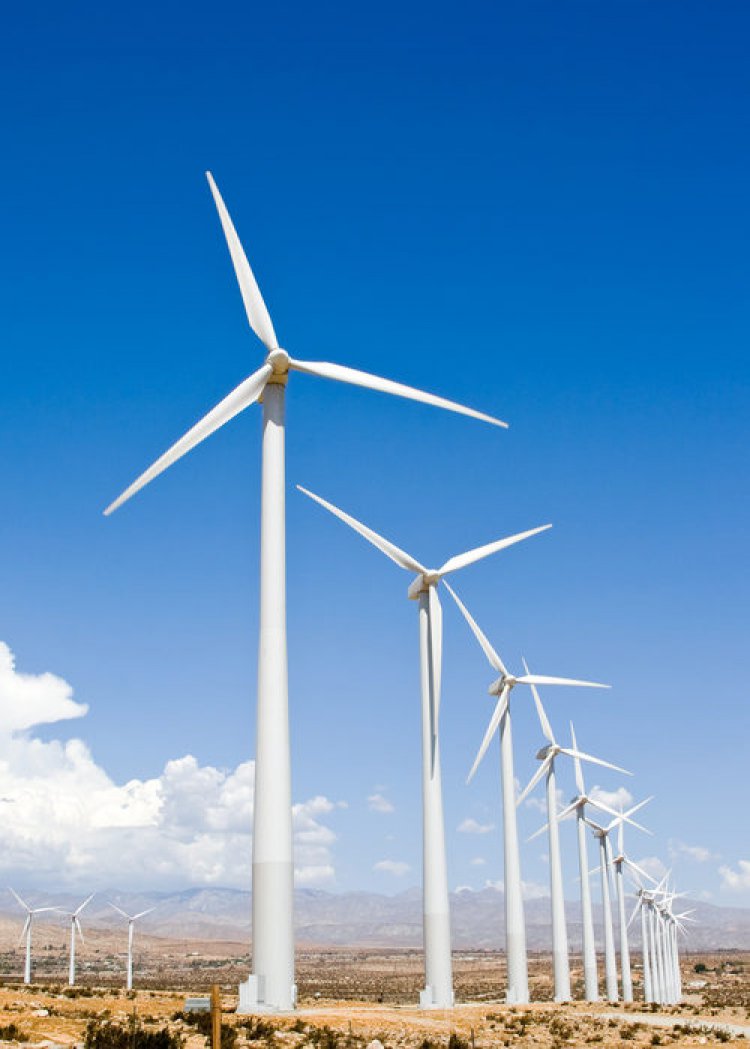The wind industry’s incentive is the Production Tax Credit (PTC). It is a market-driven production-based credit that is only paid when energy is being produced. It is as close to a free-market mechanism as there is in the energy sphere. Indeed, for the government subsidy skeptics, the PTC is an excellent example of a market-driven policy that has actually worked. It was designed to function as a tool that developers could use to access the private capital they need to build wind projects. It worked. Over the last 10 years alone, the U.S. wind industry has attracted $145 billion in private investment, supplies more than 6 percent of the nation’s electricity, and employs over 105,000 people including more than 3,000 people here in Minnesota. And, there are over 500 wind-related manufacturing facilities operating in 41 states, with 20 facilities in our state. Yet, by the end of this year, wind energy will be the first and only major energy resource in the U.S. without federal support as the Production Tax Credit is phased-out.
One advantage of wind farms is the small amount of land that is needed, and the ability to farm or ranch next to the turbines. Each wind turbine uses roughly two-thirds of an acre of land for towers and access roads. These roads are built in cooperation with the landowners to ensure ease of planting. Farmers are free to use their land as they see fit, including for hunting, recreational vehicles, and using the access roads to park grain trucks, tractors, combines and other equipment — a significant benefit during harvest time.
Since the tax incentives (Production Tax Credit for developers and the Wind Energy Production Tax that developers pay and is disbursed by the state to the host community) are both tied to performance, turbines are continually monitored and receive routine maintenance during their lifetime to ensure they are operating at maximum production. Furthermore, the state of Minnesota’s permitting process requires developers to provide local communities with surety bonds and plans for decommissioning projects at the end of their life cycle so there are no abandoned turbines. When it’s time for decommissioning, materials are often salvaged and recycled and the land is returned to its original purpose.
Despite assumptions among some people that wind turbines will lower property values, research consistently shows that wind farms do not reduce property values in host communities. The U.S. Department of Energy’s Lawrence Berkeley National Laboratory examined more than 50,000 homes near 67 wind farms in 27 counties across nine states. More than 1,000 of the homes were located within one mile of a wind turbine. Both after proposal of a new wind farm and after wind farm construction, there was “no statistical evidence that operating wind turbines have had any measurable impact on home sales prices.” A Bloomberg Businessweek article (Oct. 2016) reported that investments in wind power have actually helped increase assessed land values in some of the poorest areas of rural America.
Finally, the matter of property rights and view. Every landowner has the right to make an honest living on his or her own property. Some may believe silos or grain elevators interrupt their view, but they help rural Minnesotans earn a living. Harvesting the wind is a drought-resistant cash crop that diversifies a farmer’s income stream.
Fear of the unknown has happened with many topics. The fact is, wind energy is a safe, reliable, cost-effective energy resource that offers rural communities important economic development opportunities.
Fuente: DG Globe


Publicar un comentario